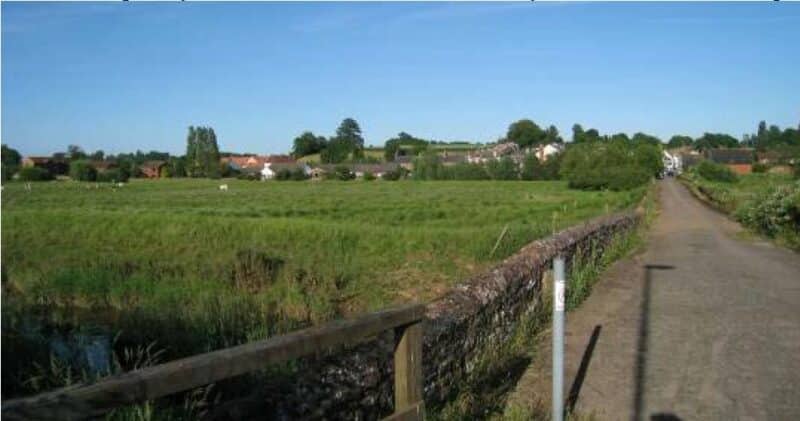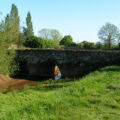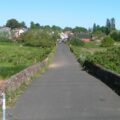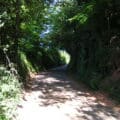“During the reign of Edward VI, Somerset the Lord Protector took England to war with Scotland, continuing the policy begun by Henry VIII to secure the marriage of Edward to Mary Queen of Scots. Then in 1549 the protestant religious reforms, including the introduction of the Book of Common Prayer, pushed through by the new government, led to open rebellion in both Norfolk and the South West. Unlike the Pilgrimage of Grace in 1536 against Henry VIII, these rebellions developed into open warfare and were countered with full military force.
The campaign can be divided into two distinct elements. The first comprised the battles of Fenny Bridges, Woodbury and Clyst, fought as the rebels sought to stop the royal army’s approach from the east to relieving Exeter. The second represented the final suppression of the rebellion, after the relief of Exeter, which culminated in the battle of Sampford Courtenay. The battles varied significantly in character, both in terms of scale and of terrain context, varying from river crossings with and without prepared defensive positions, through street fighting to assaults on camps.”
Foard, G. & Hodgkins, A. (2009)

An assessment prepared for Devon County Council by Dr Glenn Foard, based upon an MA Dissertation by Alex Hodgkins (2008; University of Leeds), re-examines primary accounts of the Prayer Book Rebellion battles in Devon, with reference to historic maps from the 17th to 19th century, aerial photographs held by the National Monuments Record, and data from the Devon Historic Environment Record, Portable Antiquities Scheme and British Geological Survey.
The report contains full details of this research, together with possible ‘battlefield areas’ where archaeological remains potentially survive. The report is available to view online through the Archaeology Data Service, and can also be accessed via our source record on Heritage Gateway.
There are brief summaries of the results within the relevant monument records for Clyst, Fenny Meadow, Woodbury and Sampford Courtenay, and the area of each of each monument is displayed on Devon’s environment viewer.
Foard, G. & Hodgkins, A. (2009) Battlefields of the Prayer Book Rebellion: An Archaeological Resource Assessment. University of Leeds: Devon County Council


